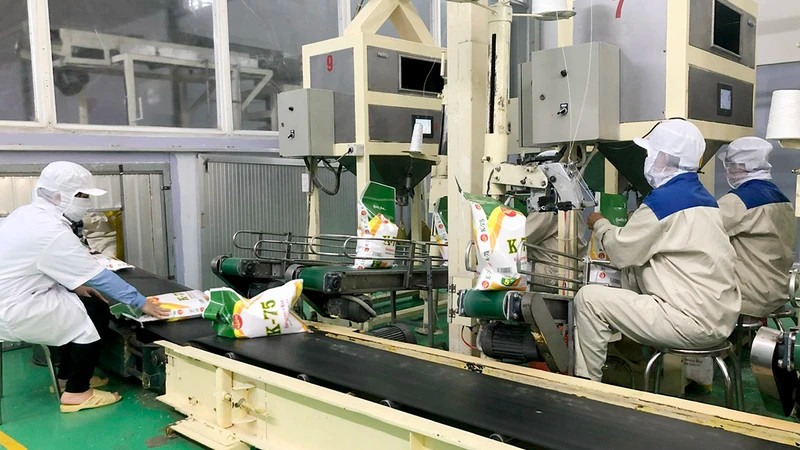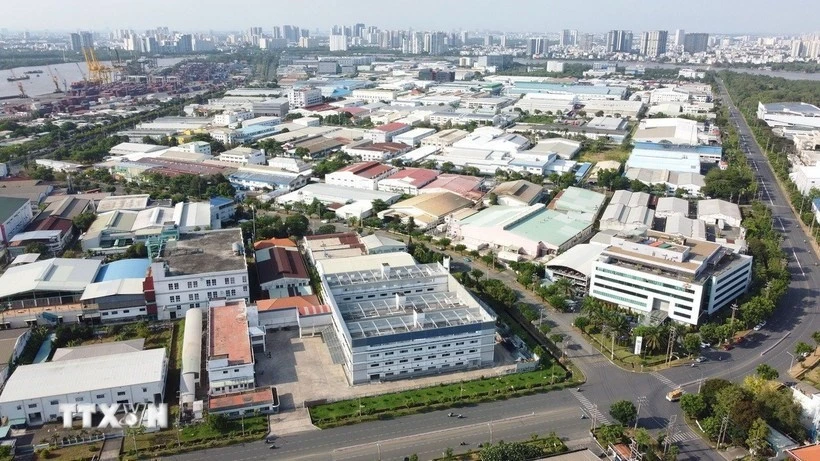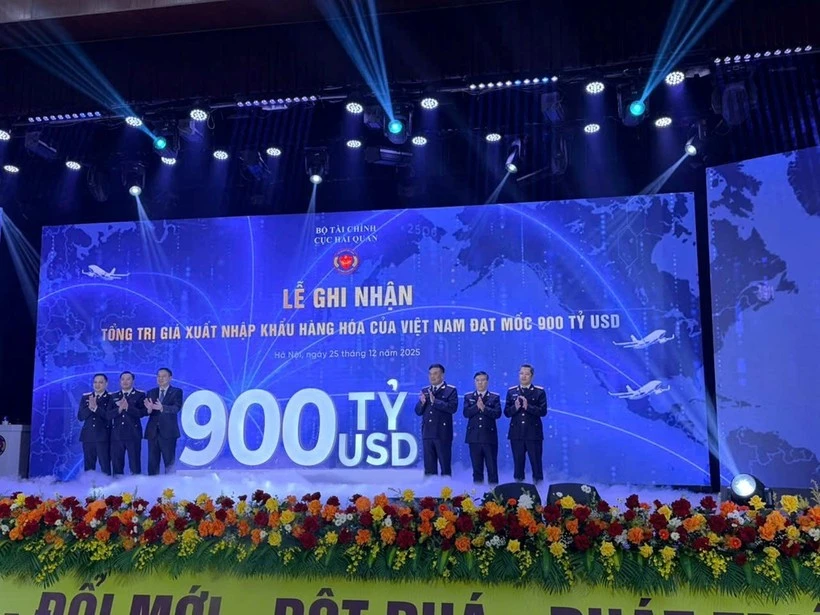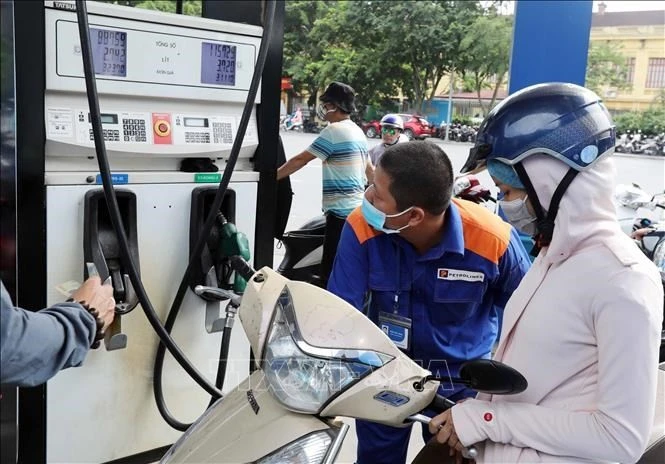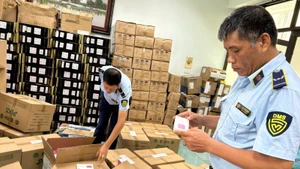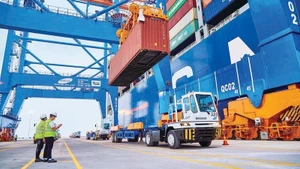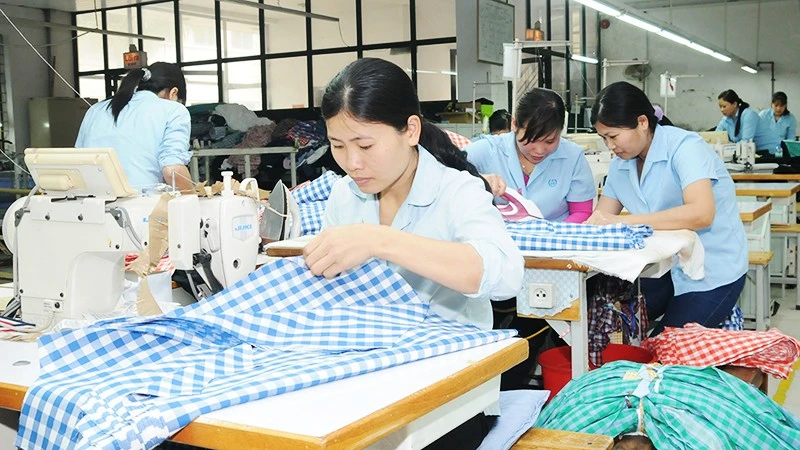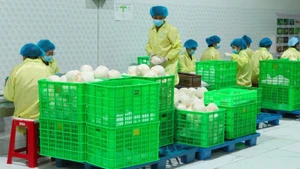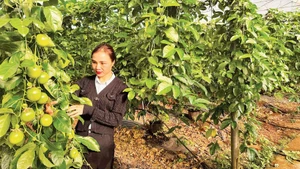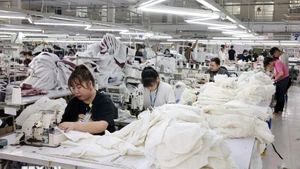According to the Ministry of Agriculture and Rural Development, although the rice area across the country is trending down, in 2024, the farming industry still aims to maintain the planted area of 7.1 million hectares, with expected rice output reaching more than 43 million tons, providing about 8 million tons of rice for export.
Quality supply
Director of the Department of Crop Production and Plant Protection of Dong Thap Province, Tran Thanh Tam, said in 2024, the province will continue to promote the conversion of agricultural production thinking to agricultural economic thinking, promoting all aspects of agricultural potential and resources and create motivation to develop the rice industry associated with reducing costs and increasing value per unit of production.
In particular, to create high-quality rice sources and reduce emissions, the Department of Agriculture and Rural Development of Dong Thap Province has also advised the Provincial People's Committee to draft a plan to implement a sustainable development project on one million hectares of high-quality and low-emission rice cultivation, associated with green growth in the Mekong Delta by 2030.
In the context of the world market increasing demand for food plus consumer tastes, focusing on products with VietGAP, GlobalGAP certification, organic products, food safety and hygiene, ensuring the source of quality rice supply is a prerequisite for export efficiency. Therefore, rice production stages, such as seeding, tending, harvesting, and preserving, must implement good, ecological and responsible agricultural practices.
Nguyen Nhu Cuong, Director of Crop Production under the Ministry of Agriculture and Rural Development
In 2024, it is forecast that the price of input materials for agricultural production will remain high, with the potential risk of disease outbreaks on crops, the risk of drought, and severe water shortage due to the impact of El Nino. The crop industry will promote direction and guidance to localities to adjust production plans and crop structures appropriately to stabilise rice supply, especially high-quality goods, to serve export needs.
Seizing export opportunities
According to the Department of Quality, Processing and Market Development, global rice production in 2024 could reach nearly 520 million tonnes, while consumption is also approaching 525 million tonnes, so there will likely be a shortage of 5 million tonnes. Therefore, rice processing and exporting enterprises must closely follow the market to effectively carry out signed and new orders in terms of price and quality.
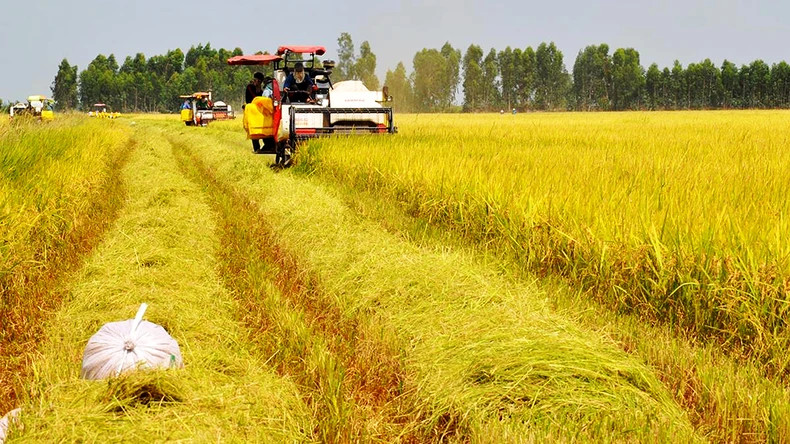 |
| Harvesting rice in Thanh Phu Commune, Vinh Thanh District, Can Tho City. (Photo: Phuong Nghi) |
Discussing rice export prospects in 2024, Chairman of the Board of Directors of Loc Troi Group Joint Stock Company, Huynh Van Thon, said right before Tet, Loc Troi Agricultural Joint Stock Company received good news as it won the bid for 65,000 tonnes of rice for Bulog - the Indonesian state logistics agency. Accordingly, plans for rice purchasing, production, packaging and transportation have been implemented by the company in close coordination with relevant units.
However, besides positive comments, fluctuations in the domestic rice market have also worried many businesses. According to the General Director of Vietnam Rice Company Limited (Vinarice), Tran Truong Tan Tai, in 2023, the company will export about 60,000 tons of rice, and the lowest export price is 980 USD/tonne. However, the profit was still low because the cost of rice purchased had increased. Also, as rice prices increase, businesses cannot buy rice according to contracts because farmers “break deals”.
General Director of Phuong Dong Food Co., Ltd, Nguyen Viet Anh, said that in the face of market fluctuations, the adaptability index of businesses is extremely important because every year, there is a new scenario, and there are no lessons from last year that can be effectively applied to the next one.
Rice is still an essential commodity in the world as well as in Vietnam, so in the coming time, production and business opportunities in this field are still massive. Export businesses must increase their adaptability and flexibility to effectively take advantage of these opportunities.
